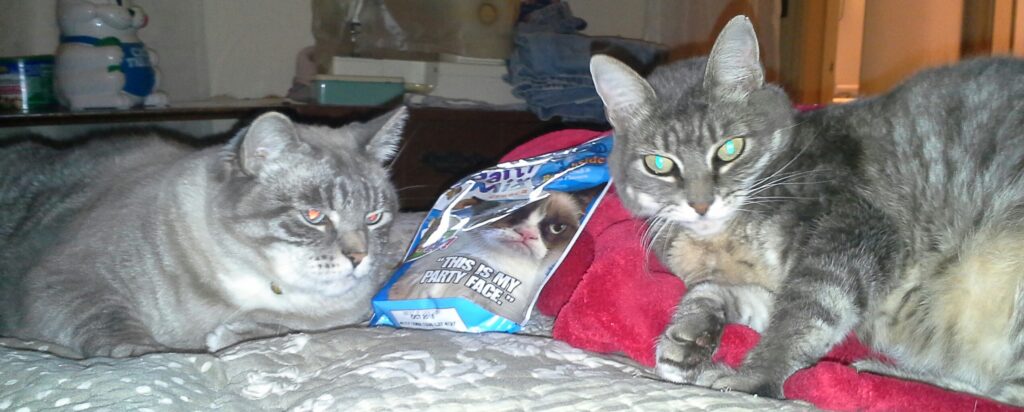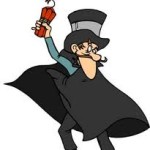Writers concentrate on our protagonists, spending lots of time creating a three-dimensional character. But what about your antagonist or bad guy?
Writing Tip for Today: Let’s look at some ways to make antagonist characters more engaging.
No Clichés
When we write an adversarial character, it’s tempting to include tropes and clichés to help readers love to hate them. Black hats, sneers and twirling moustaches can seem dastardly, but most readers will see through clichés.
An antagonist character in my own work, The Fence My Father Built, was always chewing on a toothpick. I imagined this character from a real-life person I’d known. Yet a wise editor made me think twice. The toothpick was a kind of cliché for bad guys. I ended up changing that character tag to something less cliched. And while you don’t want stereotypes, you do want to prevent your antagonist from upstaging your main character.
When you write an antagonist, take all the character’s flaws and evaluate them for signals to the reader. If you give qualities or habits to your baddie that seem irredeemable, be sure these things aren’t going to cause readers’ eyes to roll with sarcasm. If you give your character a cliched attribute, try to give it an unexpected twist to make it more original.
Keep Them Human
While you strive for an original antagonist character, remember to give that person a few “human” qualities. Maybe a bloodthirsty killer has a soft spot for kittens. If you imbue the antagonist with some sort of small virtue or vulnerability, the bad guy(s) will appear to be more fully imagined to readers.
Let you antagonist surprise readers. If this character does unexpected “nice” things once in a while, the tension rises. Readers who don’t know what to expect next tend to stay engaged. Turn a small “baddie” gesture on its head. Let readers know that you understand human nature.
People who do bad things are still people. Most aren’t totally evil. Even the worst baddie probably loves his mom. The key to writing a good antagonist, in my opinion, is in pitting your protagonist against the antagonist. In fiction, a bad guy is anyone who stands in the way of the protagonist’s goal.

A bad guy is anyone who stands in the way of the protagonist’s goal.
Character vs. Character
Blocking the protagonist’s path to achieving a goal is job one for any antagonist. To avoid your fiction from devolving into melodrama, keep your focus on how the antagonist moves to keep the protagonist from successfully achieving the goal. At the same time, focus on keeping the protagonist as inventive as possible. Each time she gets knocked down; she figures out a new plan of attack.
This tit-for-tat creates rising action as more and more routes to the goal become blocked or destroyed. By the climax, your antagonist has squeezed your protagonist into a narrow chute. At the climax scene, your protagonist has only one available method or pathway to overcome the antagonist and win the goal.
When you write your antagonists, take time to compare and contrast qualities of both hero and bad guy. The more these qualities mirror each other, the more “personal” the fought-over goal becomes. Instead of a black hatted, moustache twirling meanie, you’ll write a convincing opponent to make your protagonist work hard to overcome all obstacles. Dig deep and create antagonists worthy of your story. A great antagonist is someone who is against what the main character wants, but in fresh and original ways.





